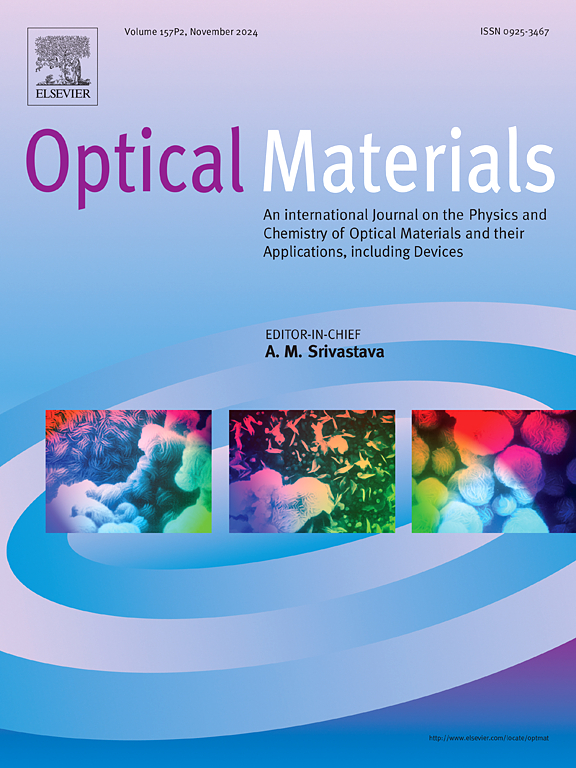预测二维硫化钼超结构光伏性质的机器学习-量子化学探索
IF 3.8
3区 材料科学
Q2 MATERIALS SCIENCE, MULTIDISCIPLINARY
引用次数: 0
摘要
目前的研究引入了一种机器学习(ML)驱动的方法来预测二维(2D)硫化钼(MoS)上层建筑的光伏(PV)特性。编译了大约1202种化合物的结构数据,并训练了四个表现最好的模型来预测它们的开路电压(Voc)。使用均方误差(MSE)对模型进行评估,其范围从0.47到1.23,反映了足够的预测精度。它们的稳定性评价是通过它们的耐受性因子来确定的,耐受性因子揭示了它们与Voc的显著关系。此外,利用Kramers-Kronig关系证实了材料的光学性质,实验数据与模拟结果具有高度的一致性。SHapley加性解释(SHAP)分析发现,它们的极化性(Alpha)和一阶连通性(chi1)是影响其模型性能的最重要因素。MoS2和MoS33的带隙分别为1.47和0.72 eV。这些结果可以加深对MoS基二维材料PV势的认识,为该领域的进一步研究奠定基础。本文章由计算机程序翻译,如有差异,请以英文原文为准。

A machine learning-quantum chemical quest to predict the photovoltaic properties of 2D molybdenum sulfide super structures
The current study introduces a machine learning (ML)-driven method to forecast the photovoltaic (PV) characteristics of two-dimensional (2D) molybdenum sulfide (MoS) superstructures. Structural data of about 1202 compounds is compiled and four top performing models are trained to predict their open-circuit voltage (Voc). The models are evaluated by using their mean squared errors (MSE), which spanned from 0.47 to 1.23, reflecting adequate predictive accuracy. Their stability evaluations are determined via their tolerance factor which reveals a significant relationship with both Voc. Moreover, the materials with its optical properties are confirmed using the Kramers-Kronig relations, displaying a high level of consistency between experimental data and simulated results. The SHapley Additive exPlanations (SHAP) analysis identifies that their polarizability (Alpha) and first order connectivity (chi1) are the most important factors to affect their model performance. The bandgaps of MoS2 and MoS33 are calculated as 1.47 and 0.72 eV, respectively. These results can enhance the understanding of the PV potential of MoS based 2D materials and can lay the foundation for further studies in this field.
求助全文
通过发布文献求助,成功后即可免费获取论文全文。
去求助
来源期刊

Optical Materials
工程技术-材料科学:综合
CiteScore
6.60
自引率
12.80%
发文量
1265
审稿时长
38 days
期刊介绍:
Optical Materials has an open access mirror journal Optical Materials: X, sharing the same aims and scope, editorial team, submission system and rigorous peer review.
The purpose of Optical Materials is to provide a means of communication and technology transfer between researchers who are interested in materials for potential device applications. The journal publishes original papers and review articles on the design, synthesis, characterisation and applications of optical materials.
OPTICAL MATERIALS focuses on:
• Optical Properties of Material Systems;
• The Materials Aspects of Optical Phenomena;
• The Materials Aspects of Devices and Applications.
Authors can submit separate research elements describing their data to Data in Brief and methods to Methods X.
 求助内容:
求助内容: 应助结果提醒方式:
应助结果提醒方式:


